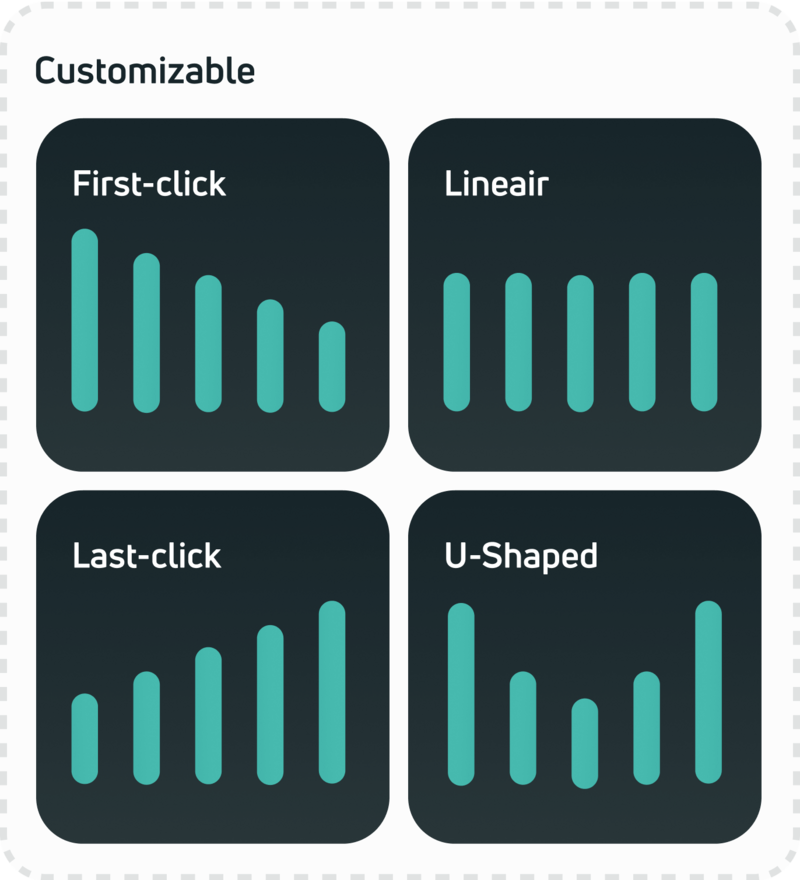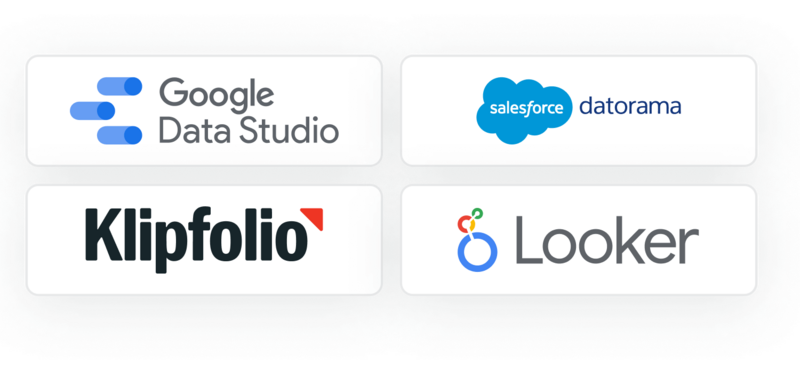How much budget should you invest in Google Ads?
Most online marketers see their search ads on Google as their most important paid channel. Google Ads therefore might just be the biggest online advertising platform in the world. Google Ads initially started out as a self-service PPC platform designed to serve search ads on the Google search engine free of startup costs. Google Ads nowadays is an advertising platform for the complete Google environment with available inventory like display, native, video, and search ads reaching further than the Google-owned platforms. Google Ads is very effective in spending your budget fast and promising commercial results in return. But are these results really the outcome of your Google ads? So how can marketers determine what the right budget is to invest on Google?
How does Google Ads determine its conversions?
In spite of Google’s recent announcement about changing its attribution model, Google Ads still uses a combination of post-click and post-view windows to attribute conversions to its campaigns. Meaning that all conversions that happen after clicking or viewing an ad will be attributed to that specific advertisement. Although this was a huge jump for marketers from back when they had to guess, calculate and estimate all their advertisement effects, this model is not ideal for judging the right budgets to invest. The current model gives validation about your right audience, keywords, etc. But it doesn’t tell you how much money to invest because it doesn’t weigh the advertisements’ effects in the context of all the touchpoints that led to that conversion. If marketers want to truly understand the worth of their Google ads, intelligence about the complete customer journey is required. So what can marketers do?
How can marketers determine the real contribution of Google Ads?
A well-equipped marketer counts for two. Your best weapon against flawed results provided by an advertising platform is to gather your own data and adopt a certain attribution solution for your business. It is important to understand that a customer journey is never completed by one sole touchpoint (ad, email, promotion, etc.), but is always the result of a collaborative effort of all the touchpoints that reached the customer. Insight into what other channels and or ads resonated with the customer, will weaponize you against any report provided by any marketing channel. Odyssey helps you with getting the insights that you need. The following multi-touch attribution models can be used in the Odyssey platform:
- First Click Linear
- Linear
- Last Click Linear
- U-Shaped
- Custom model
What happens when you apply multi-touch attribution on your Google Ads results?
Odyssey allows marketers to place the Google ad within a complete customer journey and will blast away the mist that surrounds all the previous touchpoints of each conversion. Every campaign or keyword (depending on the level of insight) is given a certain index by Odyssey based on its relative value, Odyssey calls this the Incrementality index. Thereafter, Odyssey recalculates some results that can be compared with the results you see in, for example, your Google Analytics.
When looking at the ‘branded’ search ads generated revenue in Google Analytics, it is almost always lower when compared to the attributed revenue in Odyssey. Which makes perfect sense, a huge part of branded traffic was already in the process of purchasing. But surprisingly, most Google Shopping campaigns are attributed less revenue in Google Analytics in contrast to Odyssey’s attribution, mainly because of its journey initiating properties. When marketers understand what is driving real revenue, marketers can make just decisions about their marketing budgets.
How can you start with multi-touch attribution?
Odyssey offers a free trial period to get you acquainted with all these exciting insights that you need to pinpoint revenue creation. The only thing you need to start is a connection with Google Analytics, upgrading that with a connection with Google Ads and you will be helped even better with spend recommendations directly in the Odyssey platform. It’s also possible to get Odyssey’s attribution into other reporting tools like Google Data Studio or other popular dashboard solutions. See more about this in our Destinations section.










